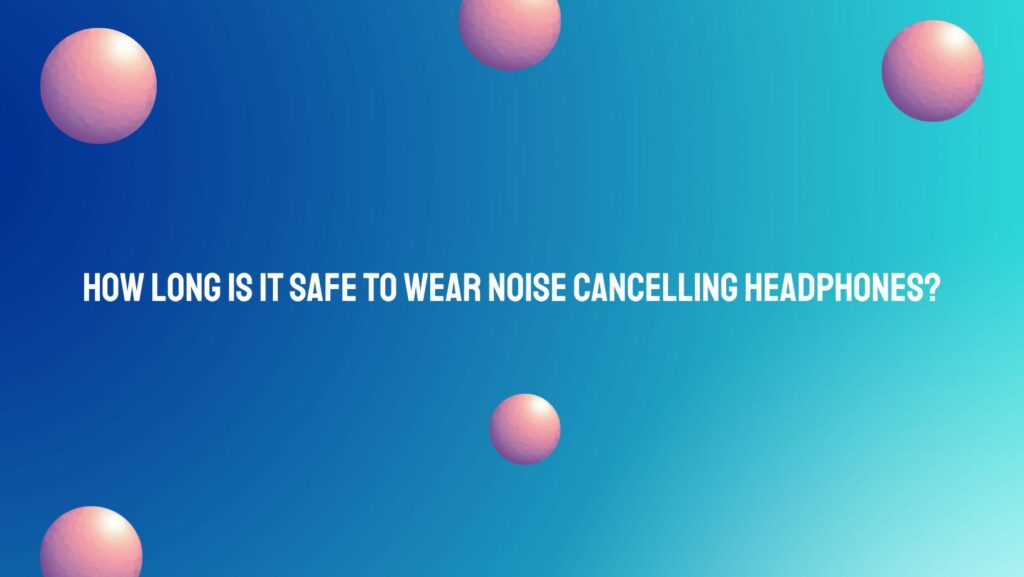In an era marked by constant connectivity and bustling environments, noise-canceling headphones have emerged as indispensable tools for individuals seeking respite from the cacophony of everyday life. These innovative devices promise to block out unwanted sounds and create a sanctuary of serenity, allowing users to immerse themselves in their preferred audio experiences. However, amidst the allure of uninterrupted tranquility, questions arise about the safe duration of wearing noise-canceling headphones.
The allure of noise-canceling headphones lies in their ability to create a cocoon of silence, shielding users from the din of the outside world. Whether it’s the roar of traffic, the hum of machinery, or the chatter of crowds, these headphones offer the promise of uninterrupted focus, relaxation, and immersion in audio content.
Yet, beneath the surface of this auditory sanctuary lie considerations of comfort, safety, and the potential impact on auditory health. While noise-canceling headphones can provide relief from external noise pollution, prolonged use may pose certain risks and challenges that users should be mindful of.
One primary consideration is the potential for discomfort and pressure on the ears and surrounding areas. Noise-canceling headphones, particularly over-the-ear models, may exert pressure on the skull and surrounding tissues, leading to soreness, discomfort, and pressure points over time. Additionally, the presence of wires or cables associated with noise-canceling headphones poses a risk of entanglement, which can lead to discomfort and safety hazards.
Moreover, the use of noise-canceling headphones raises questions about the potential impact on auditory health. While these headphones effectively block out external noises, they also introduce the risk of overexposure to sounds at higher volumes, particularly if users increase the volume to compensate for ambient noise. Prolonged exposure to high volume levels, even with noise-canceling technology, can increase the risk of auditory damage and contribute to temporary or permanent hearing loss over time.
To strike a balance between enjoyment and safety, it’s essential to establish guidelines for the safe duration of noise-canceling headphone use. While there is no one-size-fits-all answer, experts recommend limiting continuous use to no more than 2 to 3 hours at a time. Taking regular breaks between listening sessions allows the ears to rest and recover, minimizing the cumulative impact of sound exposure and promoting auditory health.
Additionally, selecting noise-canceling headphones with ergonomic designs, breathable materials, and adjustable features can enhance comfort and reduce the likelihood of physical discomfort during extended wear. Wireless or Bluetooth-enabled models eliminate the risk of entanglement associated with cables, further enhancing safety and convenience.
In conclusion, while noise-canceling headphones offer a sanctuary of serenity in an increasingly noisy world, it’s essential to approach their use with mindfulness and moderation. Understanding the potential risks and considerations associated with wearing noise-canceling headphones can help users make informed decisions about their listening habits and prioritize both comfort and auditory health. Striking a balance between tranquility and safety allows us to embrace the benefits of noise-canceling technology while safeguarding our well-being for years to come.


